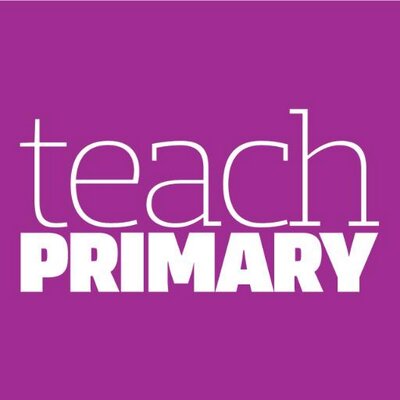Financial education – 6 ways to teach children about money and how to manage it

Six activities to teach kids about saving – from the UK’s best personal finance teachers…

Learning how to manage money is an invaluable lesson to teach children.
Here, the winners of the Moneywise Personal Finance Teacher of the Year Awards share their ideas to help pupils get to grips with everyday money tasks.
Encouraging your child to split their income helps them understand the difference between short-term and long-term savings. Add top-ups or additional rewards to your child’s income if they hit a particular savings target in a set period of time.
For example, if they save £20, you may wish to add an extra £10 on top as a reward for saving. This helps develop an understanding of how saving works and the benefits of putting money away. Get creative and use colouring pencils, crayons and other stationery to bring the budget to life.
Discuss whether or not you miss those expenses and how much you are saving. This can help children to understand the difference between essential and non-essential spending.
Encourage children to try these activities at home with their families, or adapt them if you want to try them in the classroom.
Calculate how much you have saved by cooking, rather than eating out or ordering a takeaway.
At the end of the week, convert what they earn into pounds, which they can then choose to save or spend.
Encourage your child to note down what the different deals include – for example, the channels included in different TV and broadband deals. This will help distinguish which offers are better value for money, rather than just being the cheapest option.
Encourage children to try these activities at home with their families, or adapt them if you want to try them in the classroom.












